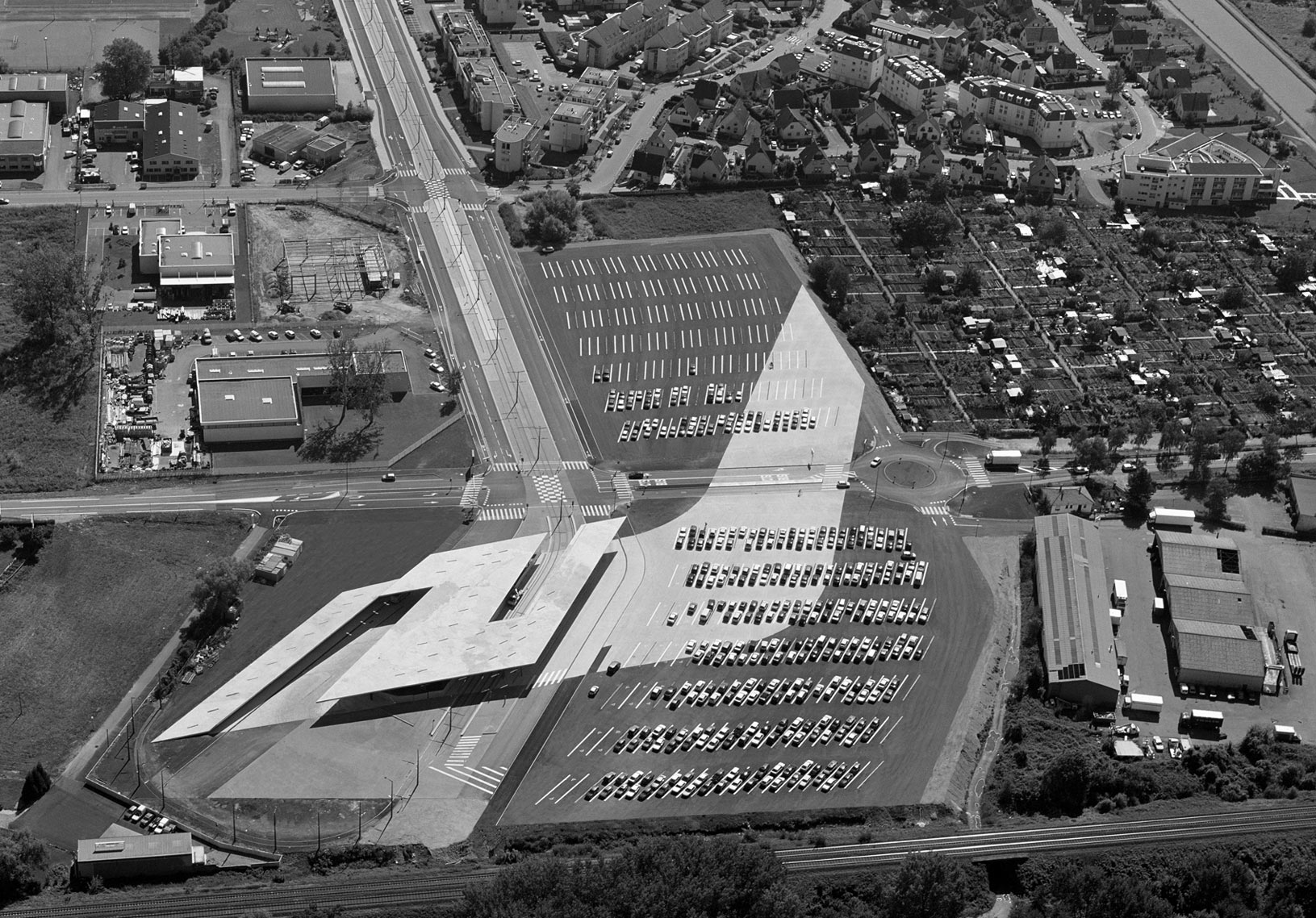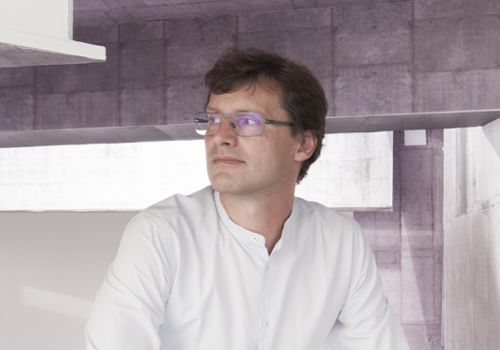-


Mending Space
Admiring the stitching skills of Zaha Hadid
By Andreas Ruby

Architecture critic and publisher Andreas Ruby’s favourite Zaha Hadid project is the Hoenheim-Nord Terminus and Car Park built 1998-2001 in Strasbourg, France, despite – or precisely because – of it being probably the most unusual and unrepresentative project in her entire oeuvre.
-
The work of Zaha Hadid is known and celebrated today for its dazzling capacity to create spectacular buildings, that irresistibly attract global attention with their audacity of form. While I can appreciate her approach for its artistic craft and power, it seems to me that over the years it has led to increasingly predictable results: bold sculptural statements that fetishise their own presence into a spectacle, while rarely giving something back to their surroundings.
The Hoenheim-Nord Terminus is very different in that regard, because it generously invests its formal power in mending a suburban space that obviously no planner had cared to think about much. I believe it is able to do so because it is not a building so much as a cross-breeding of traffic infrastructure and landscape architecture. Located at the outskirts of Strasbourg, it provides a traffic hub that links individual car traffic, train, tram and bus lines. Thus commuters from the region can get to the edge of the city by car and then proceed to its centre by public transport. Like stitching two pieces of fabric that once were one, the Terminus brings periphery and city closer together again and I like the fact that you can experience this act of spatial compression with your senses when you are on the site.
Aside from the concrete roof of the tram station that folds up from the ground of the car park, the project consists for the most part of flat ground. But this ground is worked in a way that empowers the void in a manner that cannot be photographed. You can also not easily see it, because the main articulation of this void is a swoosh-like figure that sits as an inlay of light concrete in the darker asphalt ground of the car park. It only really shows from a bird’s eye view, like some vivid giant brush stroke.

Previous page: Hoenheim-Nord Terminus and Car Park, 1998-2001, Strasbourg, France. (Photo: Hélène Binet); this page: aerial view. (Photo: Roger Rothan, Airdiasol)
-

Andreas Ruby is an architecture critic, curator, moderator, teacher and publisher. He has taught architectural theory and design at a number of institutions worldwide including: Cornell University, École Nationale Supérieure d’Architecture Paris Malaquais, the Metropolis Program Barcelona and Umea School of Architecture. Aside from his contributions to selected international architecture magazines, he has published nearly 20 books on contemporary architecture. In 2008 he co-founded the architecture publishing house Ruby Press.
ruby-press.com
(Photo © Patricia Parinejad)
»Zaha Hadid would have been a killer land artist. I would love to see the work she could have produced had she opted for that career.«
Literally walking over the image in the ground, we only catch bits and pieces of it: the curvilinear pattern of white markings on the ground delineating parking spots – some doubling as lighting, or the forest of inclined lampposts that rises above the field of parking, forming a filter through which you look at the surroundings.
Both conditions make parking your car here become an experience in itself. The ground markings and the lampposts perform a ballet of lines that is set in a virtual motion as soon as you move across the car park by foot or car. It is a kinetic installation at the scale of territory itself, fantastically fusing the optical illusions of movement like in Bridget Riley’s paintings, the territorial acupuncture of Walter de Maria’s Lightning Field, the physical treatment of ground in Michael Heizer’s Double Negative or the diagrammatic optics of the asphalt ground in Ed Ruscha’s aerial photographs of L.A. parking lots.
Hoenheim-Nord Terminus makes you realise that Zaha Hadid would have been a killer land artist. I would love to see the work she could have produced had she opted for that career. That’s what makes this project so precious and unique to me. It is not only a real space, but also a walkable map of potentialities that you can chose to act out in your mind. Which is why you can go back there again and again and always discover something new. IPhoto: Hélène Binet
-
Search
-
FIND PRODUCTS
PRODUCT GROUP
- Building Materials
- Building Panels
- Building technology
- Façade
- Fittings
- Heating, Cooling, Ventilation
- Interior
- Roof
- Sanitary facilities
MANUFACTURER
- 3A Composites
- Alape
- Armstrong
- Caparol
- Eternit
- FSB
- Gira
- Hagemeister
- JUNG
- Kaldewei
- Lamberts
- Leicht
- Solarlux
- Steininger Designers
- Stiebel Eltron
- Velux
- Warema
- Wilkhahn
-
Follow Us
Tumblr
New and existing Tumblr users can connect with uncube and share our visual diary.
»Don‘t fight forces, use them.«
Richard Buckminster Fuller
Keyboard Shortcuts
- Supermenu
- Skip Articles
- Turn Pages
- Contents


